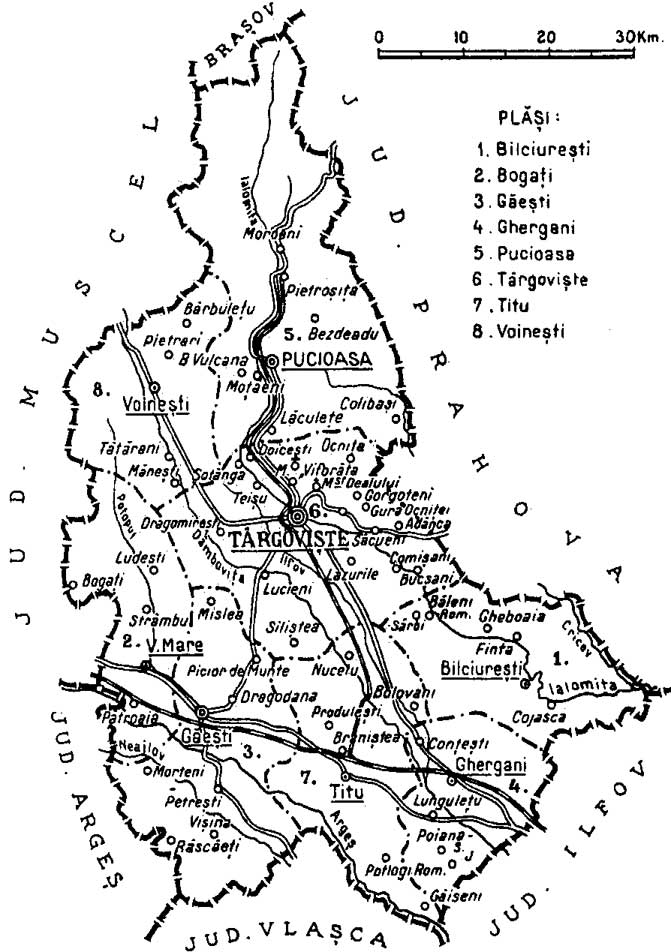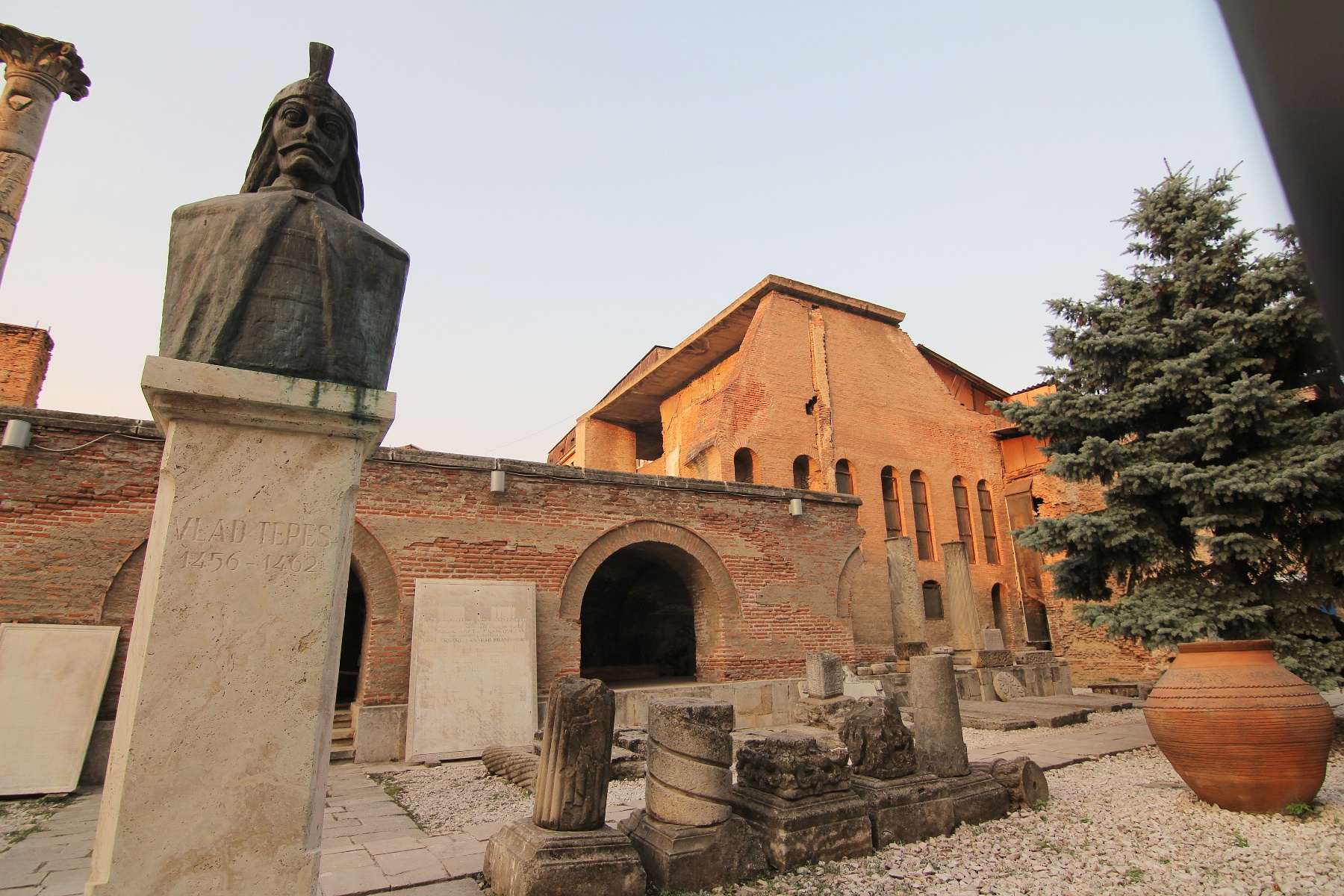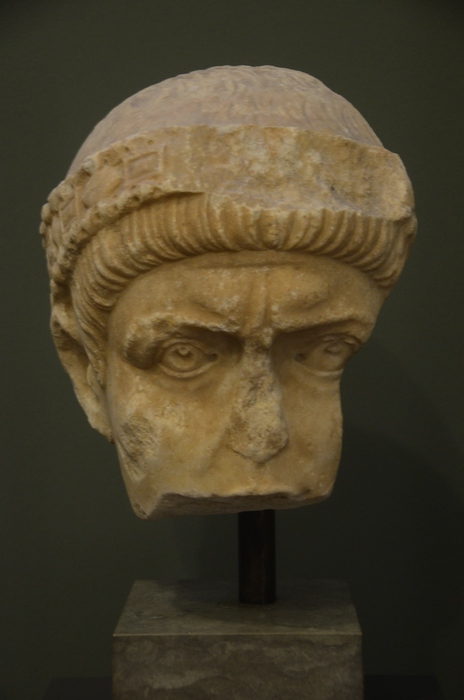|
Crângași Park
Crângași is one of the smallest neighborhoods in the 6th Sector of Bucharest, Romania. It is situated on the west side of the city near the Dâmbovița River, where it flows into Lacul Morii. Its name means "people living in a young forest". Nearby neighborhoods include Giulești and Militari. History Coins from the 4th century during the reign of Valentinian I and a furnace for making clay pots were discovered in the area. A map in 1835 displays a small village with only five houses called ''Crângași'' between Bucharest, the Dâmbovița River, and Marele Voievod commune. In 1922, a part of the village was integrated in Bucharest. Between 1940 and 1960 the area was inhabited by poor people which built houses near the river. In the early 60s, communist style apartment blocks were built in the area, initially known as the Constructorilor housing estate. It later continued in the mid to late 1980s with 8 to 10 storey apartment blocks. Due to the rise of the Dâmbovița River ... [...More Info...] [...Related Items...] OR: [Wikipedia] [Google] [Baidu] |
Dâmbovița County
Dâmbovița County (; also spelt Dîmbovița) is a county () of Romania, in Muntenia, with the capital city at Târgoviște, the most important economic, political, administrative and cultural center of the county. It is a traditional administrative unit, first attested in 1512. Demographics In 2021, it had a population of 479,404 and the population density was 120/km2. It is one of the most densely populated counties in Romania. * Romanians – 87.09% * Roma - 3.96% * Bulgarians - 0.31% * Serbians 0.1% * Others - 0.13% * Unknown - 8.41% Name The county is named after the Dâmbovița River, which is a name of Slavic origin, derived from ''Дъб, dâmb'', meaning "oak", as it once flowed through the oak forests of the Wallachian Plain. Geography Dâmbovița county has a total area of 4,054 km2 (1.7% of the country's surface). It is situated in the south-central part of the country, on the Ialomița and Dâmbovița river basins. The highest altitude is Omu Pe ... [...More Info...] [...Related Items...] OR: [Wikipedia] [Google] [Baidu] |
Bucharest Quarter Crângaşi
Bucharest ( , ; ) is the capital and largest city of Romania. The metropolis stands on the River Dâmbovița in south-eastern Romania. Its population is officially estimated at 1.76 million residents within a greater metropolitan area of 2.3 million residents, which makes Bucharest the 8th most-populous city in the European Union. The city area measures and comprises 6 districts ('' Sectoare''), while the metropolitan area covers . Bucharest is a major cultural, political and economic hub, the country's seat of government, and the capital of the Muntenia region. Bucharest was first mentioned in documents in 1459. The city became the capital in 1862 and is the centre of Romanian media, culture, and art. Its architecture is a mix of historical (mostly Eclectic, but also Neoclassical and Art Nouveau), interbellum (Bauhaus, Art Deco, and Romanian Revival architecture), socialist era, and modern. In the period between the two World Wars, the city's elegant architecture and t ... [...More Info...] [...Related Items...] OR: [Wikipedia] [Google] [Baidu] |
Sector 6 (Bucharest)
Sector 6 () is an administrative unit of Bucharest. Quarters * Crângași * Drumul Taberei * Ghencea * Giulești * Militari * Regie Politics The sector's mayor is , from the National Liberal Party, having been elected for a four-year term in 2020 The year 2020 was heavily defined by the COVID-19 pandemic, which led to global Social impact of the COVID-19 pandemic, social and Economic impact of the COVID-19 pandemic, economic disruption, mass cancellations and postponements of even .... The Local Council of Sector 6 has 27 seats, with the following party composition (as of 2020): {{Geography of Bucharest Sectors of Bucharest ... [...More Info...] [...Related Items...] OR: [Wikipedia] [Google] [Baidu] |
Bucharest
Bucharest ( , ; ) is the capital and largest city of Romania. The metropolis stands on the River Dâmbovița (river), Dâmbovița in south-eastern Romania. Its population is officially estimated at 1.76 million residents within a greater Bucharest metropolitan area, metropolitan area of 2.3 million residents, which makes Bucharest the List of cities in the European Union by population within city limits, 8th most-populous city in the European Union. The city area measures and comprises 6 districts (''Sectors of Bucharest, Sectoare''), while the metropolitan area covers . Bucharest is a major cultural, political and economic hub, the country's seat of government, and the capital of the Muntenia region. Bucharest was first mentioned in documents in 1459. The city became the capital in 1862 and is the centre of Romanian media, culture, and art. Its architecture is a mix of historical (mostly History of architecture#Revivalism and Eclecticism, Eclectic, but also Neoclassical arc ... [...More Info...] [...Related Items...] OR: [Wikipedia] [Google] [Baidu] |
Romania
Romania is a country located at the crossroads of Central Europe, Central, Eastern Europe, Eastern and Southeast Europe. It borders Ukraine to the north and east, Hungary to the west, Serbia to the southwest, Bulgaria to the south, Moldova to the east, and the Black Sea to the southeast. It has a mainly continental climate, and an area of with a population of 19 million people. Romania is the List of European countries by area, twelfth-largest country in Europe and the List of European Union member states by population, sixth-most populous member state of the European Union. Europe's second-longest river, the Danube, empties into the Danube Delta in the southeast of the country. The Carpathian Mountains cross Romania from the north to the southwest and include Moldoveanu Peak, at an altitude of . Bucharest is the country's Bucharest metropolitan area, largest urban area and Economy of Romania, financial centre. Other major urban centers, urban areas include Cluj-Napoca, Timiș ... [...More Info...] [...Related Items...] OR: [Wikipedia] [Google] [Baidu] |
Dâmbovița (river)
The Dâmbovița () is a river in Romania. It has its sources on the Curmătura Oticului, a mountain pass that separates the Iezer Mountains from the Făgăraș Mountains proper. It passes through Bucharest and flows into the river Argeș near Budești, in Călărași County. Its length is and its basin size is . Dâmbovița County is named after the river. Name The name of the Dâmbovița is of Slavic origin, derived from Common Slavic '' dǫbŭ'' (дѫбъ), meaning "oak", as it once flowed through the oak forests of the Wallachian Plain. Its upper course, upstream from the Valea Vladului, is also called ''Valea Boarcășului''. Dâmbovița in Bucharest For centuries, Dâmbovița was the main source of drinking water for the city of Bucharest. While there were a few dozen water wells, most of the water in Bucharest was distributed by water-carriers.Ștefan Ionescu, ''Bucureștii în vremea fanarioților'', Editura Dacia, Cluj, 1974. p. 28-30 Bucharest folklore mentio ... [...More Info...] [...Related Items...] OR: [Wikipedia] [Google] [Baidu] |
Lacul Morii
Lacul Morii ("Mill Lake") is the largest lake in Chiajna, with an area of . The lake is approximately from the center of Bucharest ( Piața Unirii) and is located between the Polytechnic University of Bucharest neighborhood to the east, the Crângași and Giulești districts to the north, the Militari district to the south and the village to the west. The lake is a reservoir A reservoir (; ) is an enlarged lake behind a dam, usually built to water storage, store fresh water, often doubling for hydroelectric power generation. Reservoirs are created by controlling a watercourse that drains an existing body of wa ..., made in 1986 mainly to protect the city against floods.Lacul Morii din ... [...More Info...] [...Related Items...] OR: [Wikipedia] [Google] [Baidu] |
Giulești
Giulești () is a neighbourhood in northwestern Bucharest, located in Sector 6. The Giulești Stadium, Giulești Theatre, Podul Grant are located in Giulești. Also, the Grivița Railway Yards and Lacul Morii are located nearby. History The area was inhabited for millennia and it gives its name to the Neolithic ''Giulești-Boian culture'', the middle phase of the Boian culture, which inhabited in the 4th millennium BC Muntenia and later expanded into southern Moldavia and southern Transylvania Transylvania ( or ; ; or ; Transylvanian Saxon dialect, Transylvanian Saxon: ''Siweberjen'') is a List of historical regions of Central Europe, historical and cultural region in Central Europe, encompassing central Romania. To the east and .... In the Middle Ages it was a village, later incorporated into Chiajna Commune, and absorbed into Bucharest in 1939. In the early 1960s a number of 4 storey apartment buildings were raised in the era, initially named as the Construc ... [...More Info...] [...Related Items...] OR: [Wikipedia] [Google] [Baidu] |
Militari
Militari is a district in the western part of Bucharest, in Sector 6. It is home to more than 100,000 inhabitants. History Early history Starting from the sixteennth century, this area was the site of several estates owned by boyars, and on it was an area where the Austrian army camped during its march towards joining the Russo-Ottoman war of 1735-1739, only for them to be pushed away the following year by Constantine Mavrocordatos with the support of Ottoman troops. On 16 March 1821, Tudor Vladimirescu sets camp in this area along with his Panduri in order to begin his botched uprising. The significance of this place later gave the name to the Drumul Taberei housing estate built south of Militari in the 1960s and also the Tudor Vladimirescu Theorethical Highschool. The first military establishments in the area eventually are founded in 1863, which established a military camp meant to be used to train soldiers before eventually relocating west of Tecuci in 1869. Later in 187 ... [...More Info...] [...Related Items...] OR: [Wikipedia] [Google] [Baidu] |
Valentinian I
Valentinian I (; 32117 November 375), also known as Valentinian the Great, was Roman emperor from 364 to 375. He ruled the Western Roman Empire, Western half of the empire, while his brother Valens ruled the Byzantine Empire, East. During his reign, he fought successfully against the Alamanni, Quadi, and Sarmatians, strengthening the border fortifications and conducting campaigns across the Rhine and Danube. His general Count Theodosius, Theodosius defeated a revolt in Africa (Roman province), Africa and the Great Conspiracy, a coordinated assault on Roman Britain by Picts, Scoti, and Saxons. Valentinian founded the Valentinian dynasty, with his sons Gratian and Valentinian II succeeding him in the western half of the empire. Early life Valentinian was born in 321 at Cibalae (now Vinkovci, Croatia) in southern Pannonia into a family of Illyro-Roman origin. Valentinian and his younger brother Valens were the sons of Gratianus Funarius, Gratianus (nicknamed Funarius), a military ... [...More Info...] [...Related Items...] OR: [Wikipedia] [Google] [Baidu] |
Flea Market
A flea market (or swap meet) is a type of street market that provides space for vendors to sell previously owned (secondhand) goods. This type of market is often seasonal. However, in recent years there has been the development of 'formal' and 'casual' markets which divides a fixed-style market (formal) with long-term leases and a seasonal-style market with short-term leases. Consistently, there tends to be an emphasis on sustainable consumption whereby items such as used goods, collectibles, antiques and vintage clothing can be purchased, in an effort to combat climate change and fast fashion. Flea market vending is distinguished from street vending in that the market alone, and not any other public attraction, brings in buyers. There are a variety of vendors: some part-time who consider their work at flea markets a hobby due to their possession of an alternative job; full-time vendors who dedicate all their time to their stalls and collection of merchandise and rely ... [...More Info...] [...Related Items...] OR: [Wikipedia] [Google] [Baidu] |



